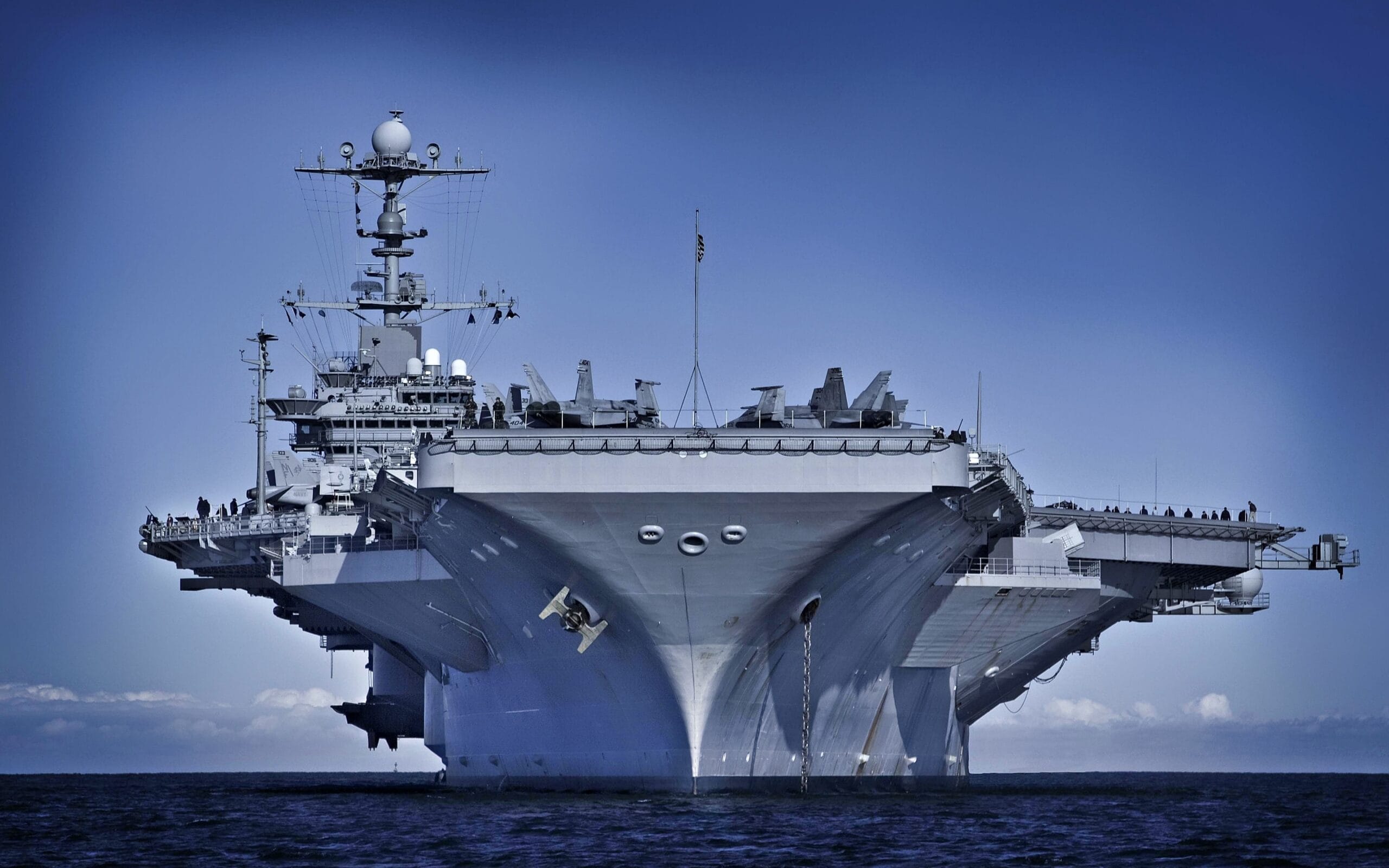Naval historian and sage Alfred Thayer Mahan always said, “Whoever rules the waves rules the world.”
The 5 Biggest Navies in the World
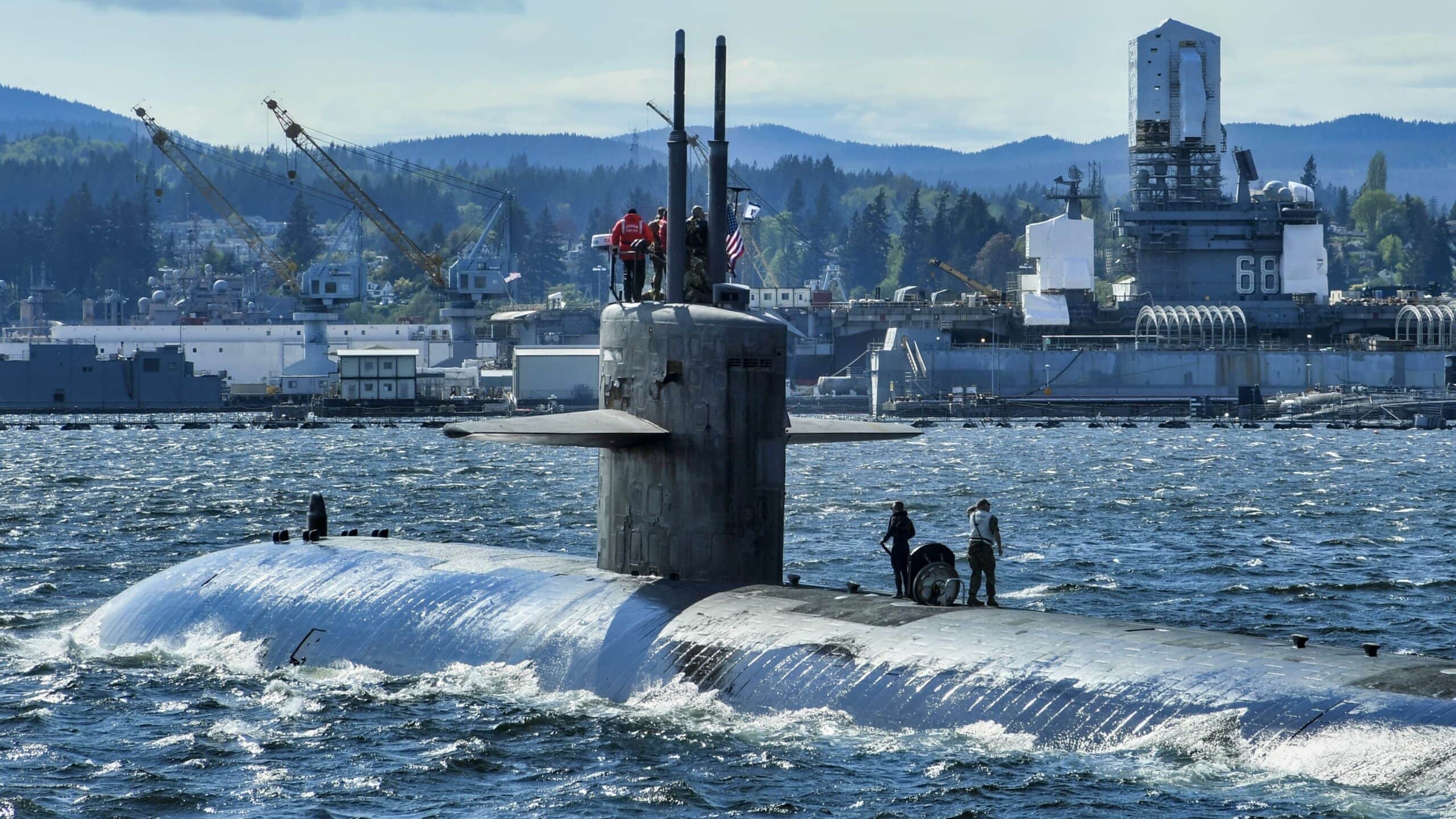
U.S. Navy SSN Submarine. Image Credit: Creative Commons.
This quote is still relevant today, and numerous countries compete with each other to see who can sail the greatest number of ships to protect their homeland and project power in different regions.
But is this about quality or quantity? Which country has the fleet to dominate the world like Mahan so eloquently and succinctly described? Let’s examine the five countries with the world’s largest naval fleets.
China
First on our list is China. Xi Jinping’s fleet is the biggest, with 405 vessels, according to the World Directory of Modern Warships and Submarines. China is led by its aircraft carrier force, which has three formidable ships and one being constructed that may be nuclear-powered. China’s People’s Liberation Army Navy can operate three carriers at once, although they plan to have one in maintenance and two at sea at all times. Full carrier aviation wings are operational.
There are 70 submarines—ballistic missile boomers and fast attack—some are nuclear-powered, and the others are diesel-electric. The destroyer fleet has some new ships; many others are younger and are not over 30 years old. In addition to the destroyers, there are 40 frigates, and these are not that old either.
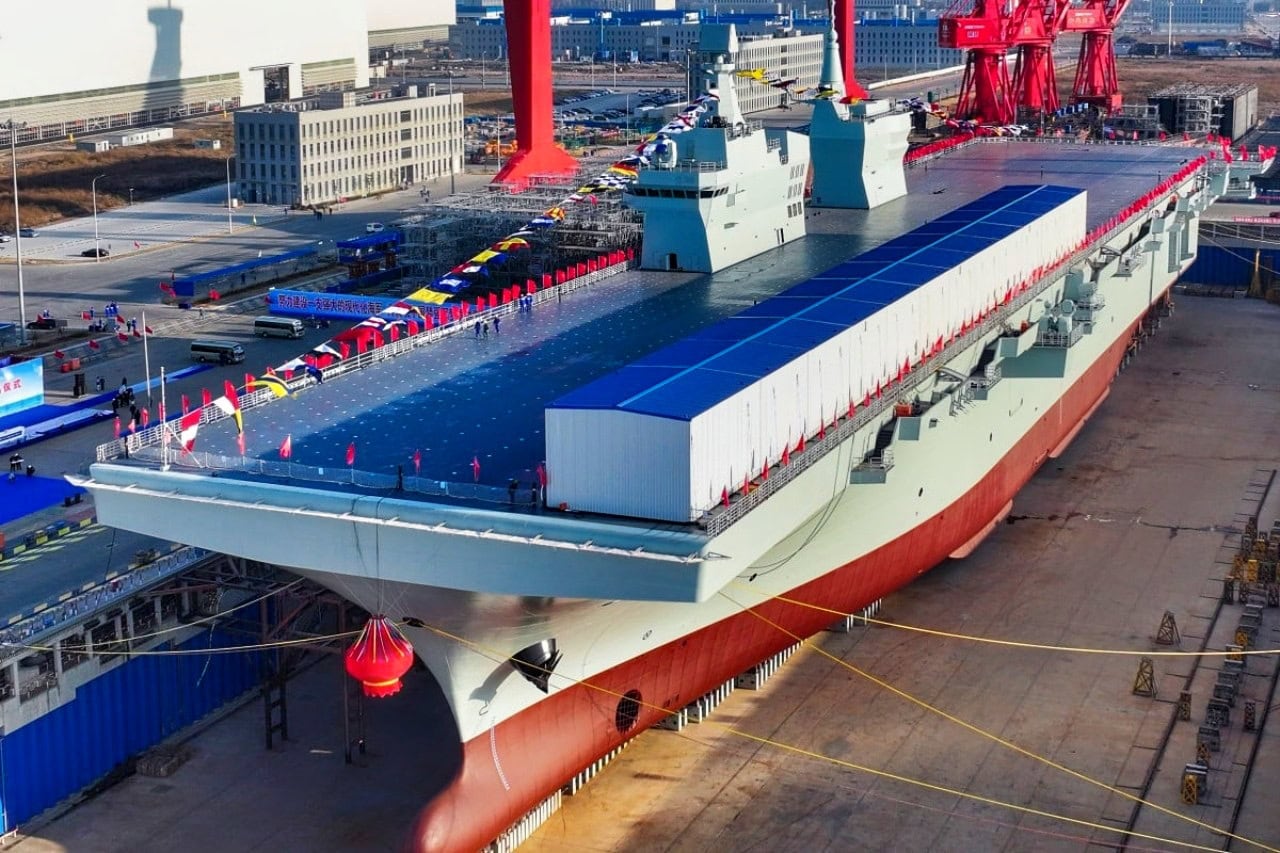
China Type 076 Assault Ship. Image Credit: Chinese State Media.
The PLAN has mine sweepers and amphibious assault ships that could lead an attack against Taiwan.
Twenty-four new vessels are on order in 2025, and the Chinese have a formidable navy that can dominate their region. The PLAN could become a full Blue Water force that can sail anywhere in the world in the coming years.
United States
Second up is the United States, which is also known for its carrier fleet of 11 flat-tops and 296 active manned warships. The oldest carrier, the USS Nimitz, will be retired in the coming years, but there are calls for its service life to be extended. The newest are the USS Gerald R. Ford and USS John F. Kennedy supercarriers. The US Navy has the best submarine fleet in the world with nuclear-powered boomers, fast attack, and cruise missile subs.
(Feb. 18, 2025) The Ticonderoga-class guided-missile cruiser USS Gettysburg (CG 64) sails in the U.S. Central Command area of responsibility. (Official U.S. Navy photo)
The destroyer fleet makes up about 30 percent of the fleet, and the guided missile frigates are getting older. Amphibious assault ships are a strength, and these can bring U.S. Marines to a fight and launch a number of different helicopters. Naval aviation is also the best in the world, with F-35C Lightning IIs and F/A-18 E/F Super Hornets adorning flight decks.
Russia
The Russian Navy is in third place with 283 fleet units. The Russian aircraft carrier program is terrible. Only one aircraft carrier is present, but it is an embarrassment and has endured many breakdowns and mishaps over the years. Admiral Kuznetsov is still in port for repairs, which keeps the Russian Navy from living up to its potential.
The Russians depend highly on their supply of smaller corvette patrol ships (31 percent of the fleet), submarines (22 percent), and mine/countermine warfare vessels (18 percent).
Russia’s submarine force is the best aspect of the Navy, and there is a full complement of nuclear-powered boomers and fast attack boats.
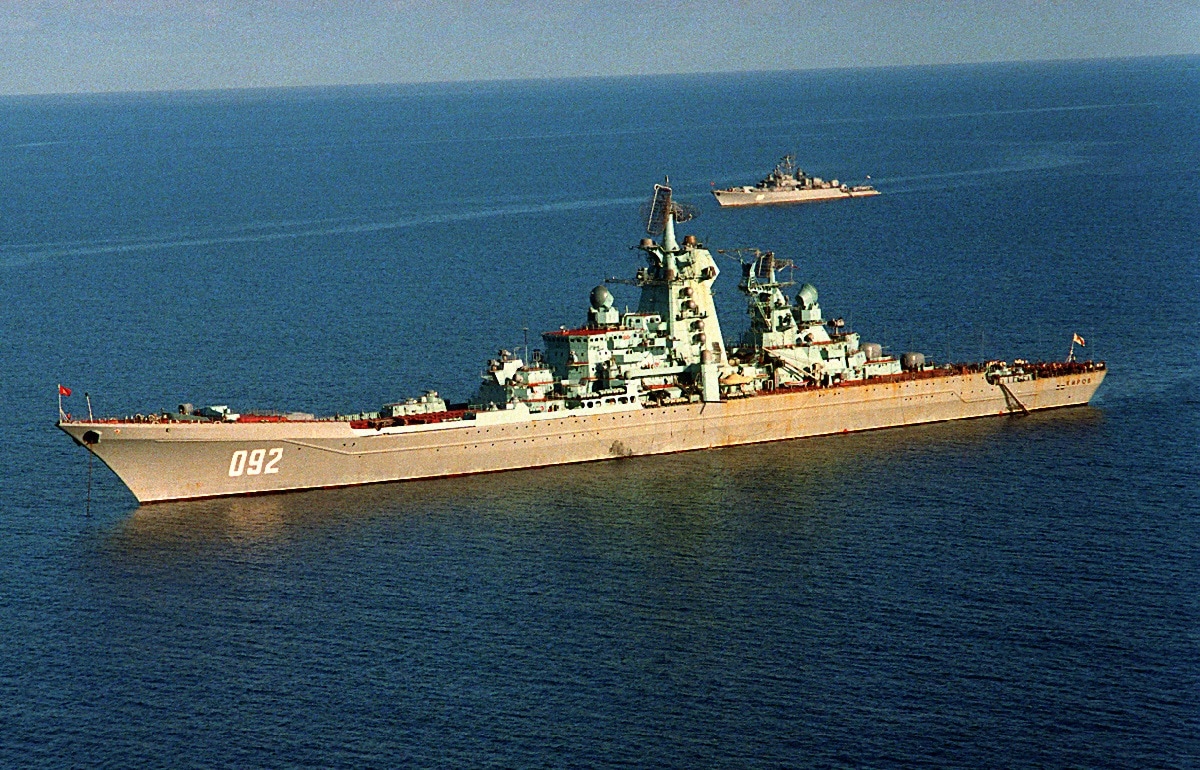
A port view of the Soviet nuclear-powered guided missile cruiser KIROV at anchor. In the background is a Soviet Krivak I-class guided missile frigate.
There are 11 missile frigates, minus the Black Sea flagship Moskva missile frigate, which was sunk in the early part of the war in Ukraine.
Indonesia
An unexpected addition to this list is the Indonesian Navy, which has 245 active warships. But it has a glaring weakness—only three Nagapasa-class submarines and one Cakra-class submarine. The Indonesian Navy is only a “green water” navy that can merely project power in its own backyard to protect its borders and all of the nation’s islands.
The Indonesian Navy depends on fast-moving corvettes to protect the country. It also has 101 coastal patrol boats for a decent defensive posture. Indonesia can also conduct amphibious assaults with 29 of these ships.
About 20 percent of the Navy comprises surface combatants, with a total of 45 warships. There are seven missile frigates, but five of these are obsolete.
South Korea
Next up is the South Korean Navy, which has 182 hulls in the fleet. Unfortunately, South Korea has no aircraft carriers, so projecting power outside the region is difficult. The Republic of Korea’s Navy has three types of diesel-electric attack submarines, for a total of 22 boats.
Dokdo-class amphibious assault ships are a bonus because of the need to bring the fight to the North Koreans if necessary. There are 21 amphibious assault ships. The strength of the ROK navy is the number of surface combatants: 102. Four modern destroyers are noteworthy, as well as six older destroyers.
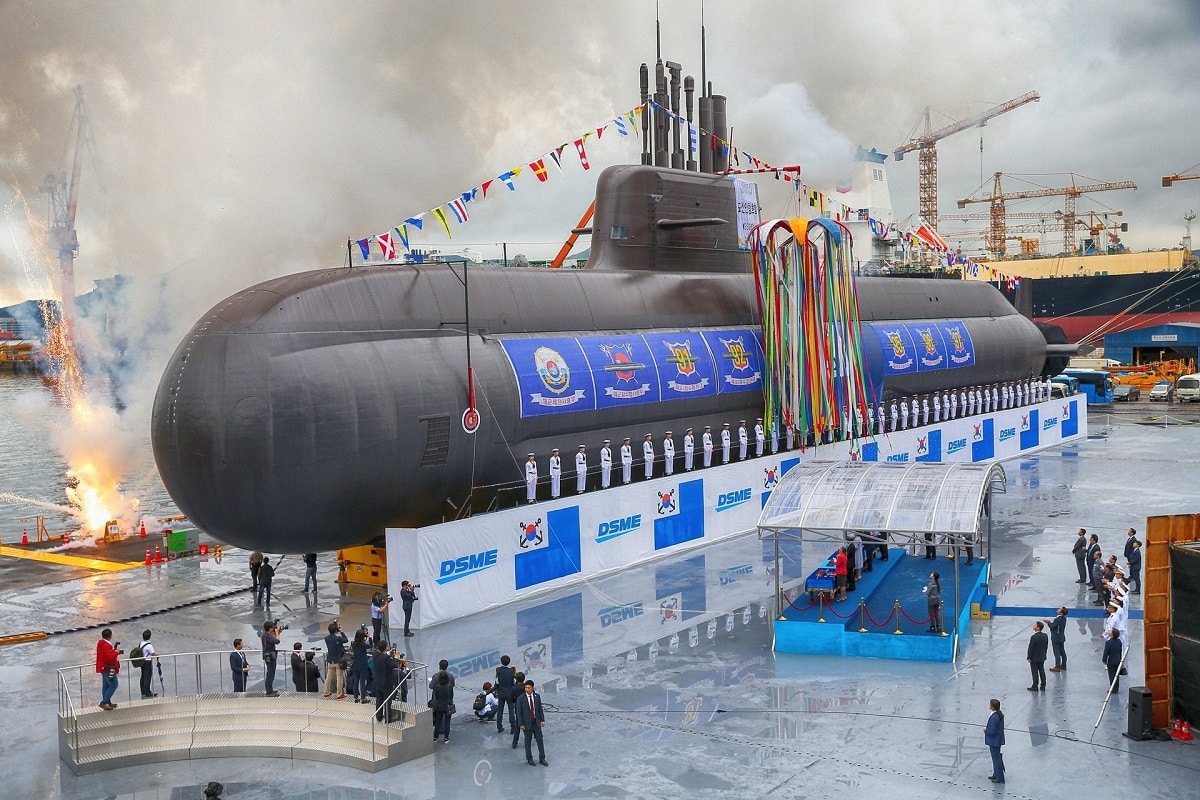
Image: DSME Handout.
The ROK Navy also has 15 missile frigates, corvettes, and smaller patrol craft.
But Which Navy Is the Best?
The Chinese and American navies are far and away the best. Russia has powerful submarines, especially its nuclear-powered ballistic missile subs, but not having a functional aircraft carrier is a glaring weakness.
Indonesia is a surprise to be included on this list, but most of its vessels are small patrol craft. The South Koreans punched above their weight with a strong amphibious assault force that gave them a great advantage if there was ever a war with the North Koreans.
About the Author: Dr. Brent M. Eastwood
Brent M. Eastwood, PhD is the author of Don’t Turn Your Back On the World: a Conservative Foreign Policy and Humans, Machines, and Data: Future Trends in Warfare plus two other books. Brent was the founder and CEO of a tech firm that predicted world events using artificial intelligence. He served as a legislative fellow for US Senator Tim Scott and advised the senator on defense and foreign policy issues. He has taught at American University, George Washington University, and George Mason University. Brent is a former US Army Infantry officer. He can be followed on X @BMEastwood.

